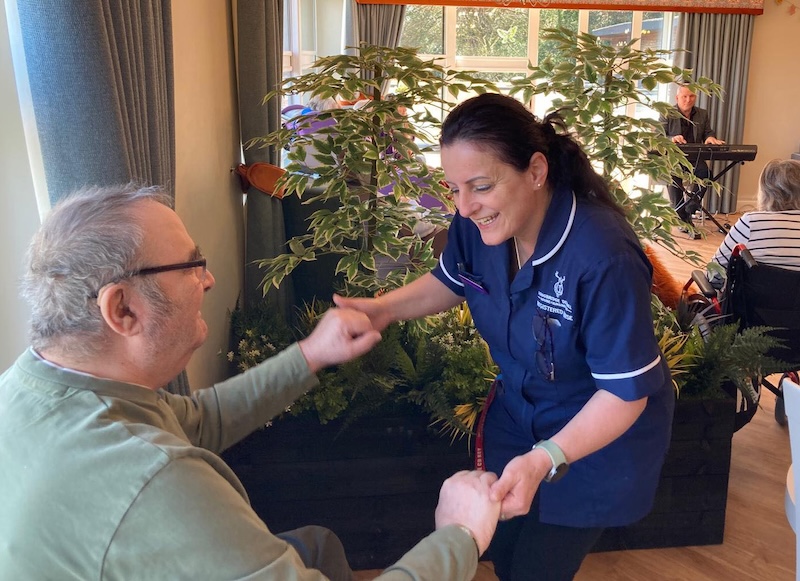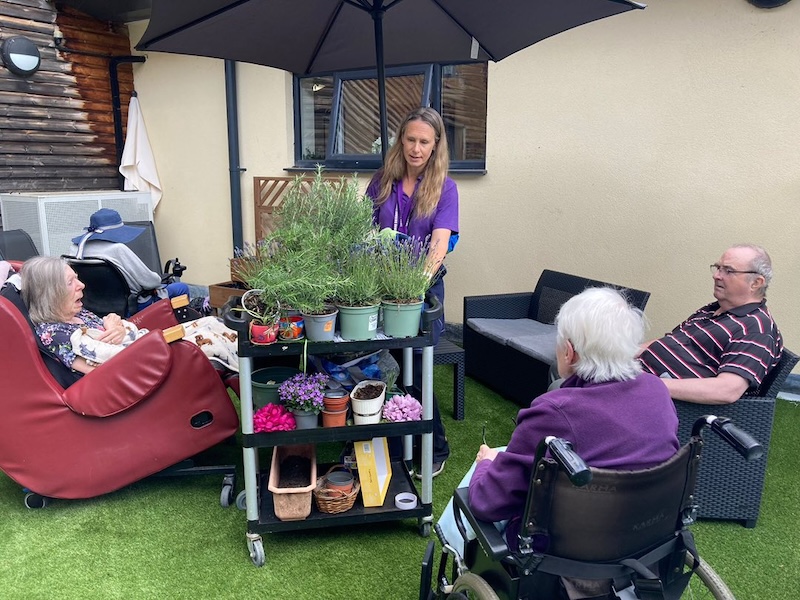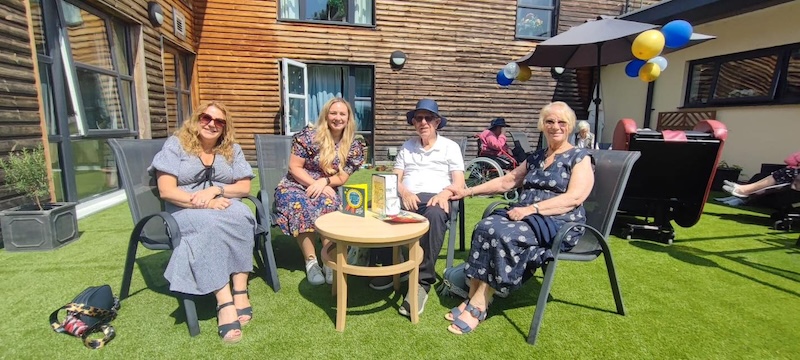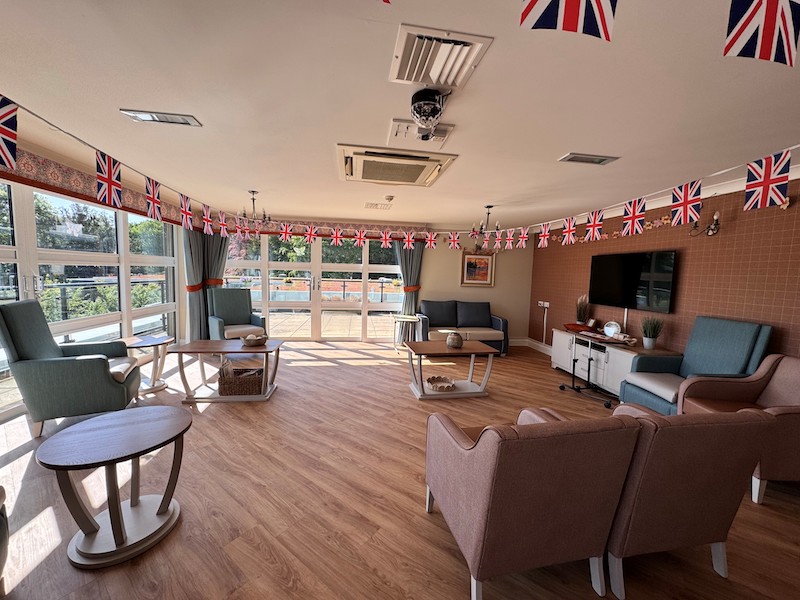Care Home Activities For The Elderly
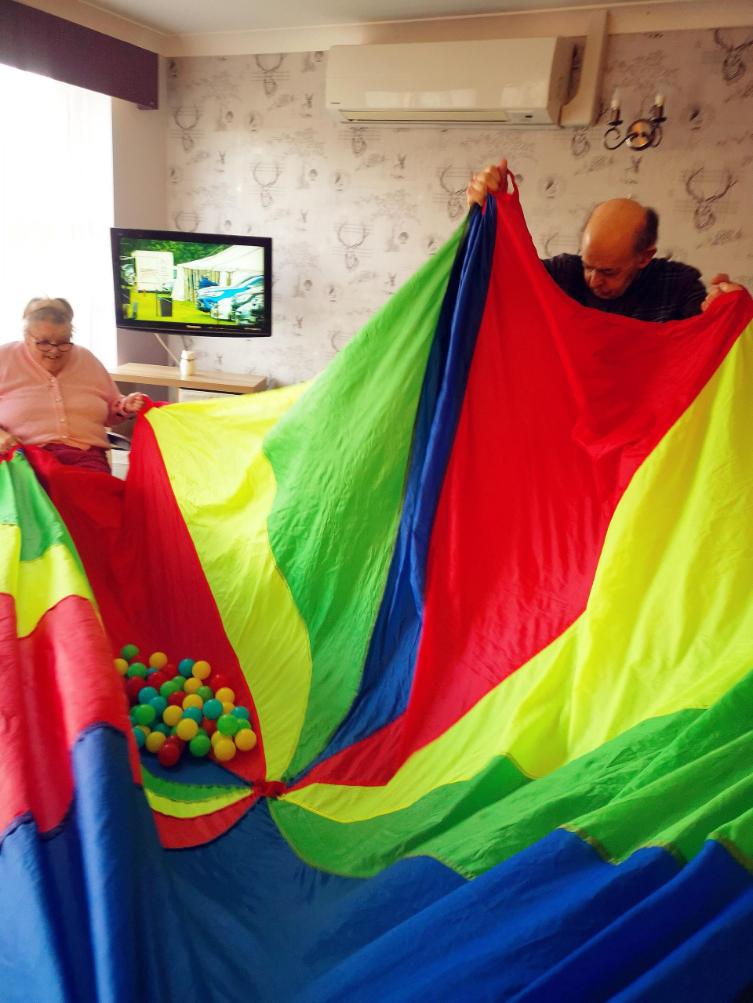
What care homes offer within their all-inclusive activities programme is a significant factor to consider when determining which facility would best suit you or your loved one.
Ensuring residents within a care home have access to a diverse activities programme is imperative when using this to support their daily life and overall well-being. It not only allows them to keep their days filled with activities that cater towards their interests but it will also increase their confidence, their mental and physical health and it allows them to live their life to the fullest.
The NHS website states that only 48% of individuals ages 75-84 are active and only 26% when aged 85+. This is one of the most critical times to stay active because as people grow older, they become more susceptible to illness and a loss of strength and stamina. It can also cause elderly people to suffer from a decline in their mental health.
By staying active and engaging in physical and non-physical activities, residents will be able to try out new interests and interact with different groups of people, resulting in reduced loneliness and better physical and mental health.
If you are a care home and are struggling with ideas of what to include in your brand new activities programme, or are looking for some new additions to your current options, we have created a list of the most popular care home activity ideas you can offer to residents within a care home. They can be introduced all year round, and offer enjoyment for everybody involved.
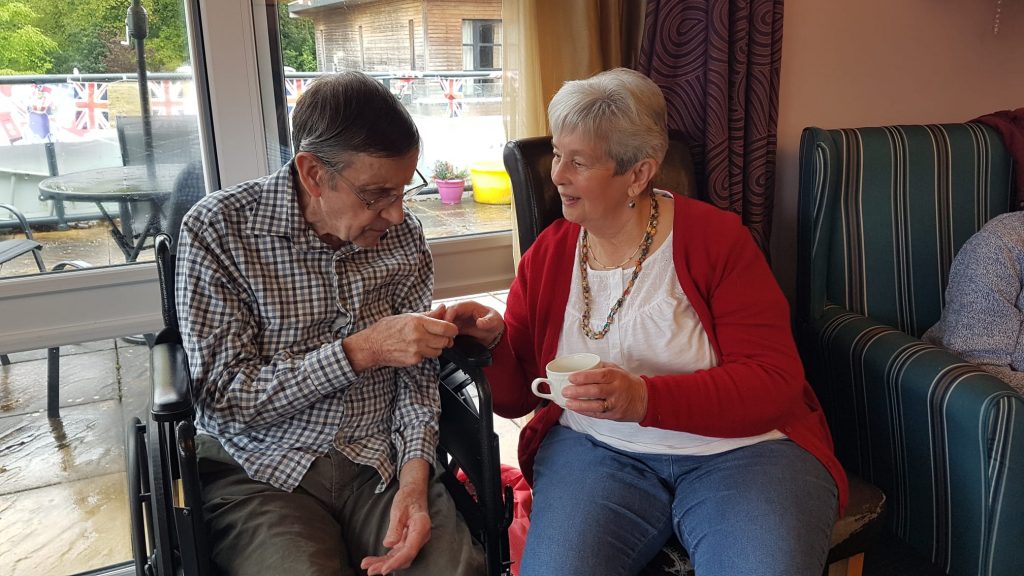
Finding a New Routine with Exercise Classes
One type of activity you can introduce into the care home is exercise classes. This can be kept inside the home, by either the activities coordinator or an external professional that hosts classes for older people. Some common examples of exercise classes you can offer to residents include dance, pilates, yoga, ring toss, group walking, guided meditations floor games and garden games.
Getting older people involved in regular exercise classes, each with different goals can strengthen their muscles, increase their balance, improve stamina and more. It is an opportunity to get people involved in activities they have never experienced before and with there being such a wide range of exercise classes to choose from, there should be something for everybody.
As each resident will have different levels of fitness, each class can be altered and tailored so that each resident taking part can get the most out of their session. Depending on the residents' health conditions, preferences, and mobility levels, exercise classes may include a variety of activities.
Here are some common exercises:
- Chair Exercises: Many exercise classes involve seated exercises to accommodate individuals with limited mobility. This can include seated stretches, leg lifts, and arm exercises to improve strength and flexibility.
- Gentle Aerobics: Low-impact aerobics or modified dance routines can be included to enhance cardio health. These exercises are adapted to suit the abilities of the residents and are often performed at a comfortable pace.
- Balance and Coordination Exercises: Activities that focus on improving balance and coordination are crucial, especially for older individuals. Simple movements like standing on one leg or walking in a straight line can be beneficial.
- Resistance Training: Light resistance exercises using bands or small weights can help maintain or improve muscle strength. These exercises are tailored to the individual's capabilities.
- Range of Motion Exercises: These exercises involve moving joints through their full range of motion, helping to maintain flexibility and prevent stiffness.
- Mind-Body Activities: Incorporating mindfulness and relaxation exercises, such as gentle yoga or tai chi, can contribute to both physical and mental wellbeing.
- Social Interaction: Exercise classes in care homes often provide an opportunity for residents to socialize. Group activities foster a sense of community, reducing feelings of isolation.
- Adapted Sports: Depending on the facilities and residents' interests, adapted versions of sports like bowling, golf, or bowls may be included in the exercise routine.
- Therapeutic Activities: Some exercise classes may incorporate therapeutic activities, such as breathing exercises, to promote relaxation and stress reduction.
- Personalised Programs: A good exercise class considers the individual needs of residents, and instructors may modify activities based on each person's abilities and health conditions.
In essence, the goal of exercise classes in care homes is to create a well-rounded program that addresses the physical, mental, and social aspects of residents' well-being while ensuring their safety and enjoyment.

Releasing Your Inner Artist with Arts and Crafts
Arts and Crafts are a brilliant idea to incorporate into the activities programme where you can get residents and their loved ones involved. Each session is adaptable, so can be altered for every ability. Some examples of arts & crafts could include colouring, painting, ornament creating, flower arranging, themed projects and more.
These types of sessions provide numerous benefits for residents such as improved cognitive skills, reduced stress, encouraged reminiscence, improved confidence and better mental health. The activities chosen can vary based on the residents' interests, abilities, and the overall theme of the session.
Here are some common activities that residents might engage in during arts and crafts sessions:
- Painting and Drawing: Residents can express themselves through painting or drawing, creating artwork that may range from simple sketches to more intricate paintings. This activity is adaptable to different skill levels.
- Crafting with Paper: Residents might engage in activities like scrapbooking, origami, or making greeting cards. These activities are not only creative but also allow for personalisation and storytelling.
- Pottery and Clay Modeling: Working with clay or pottery can be a therapeutic and tactile experience. Residents may create sculptures, pinch pots, or other handcrafted items.
- Textile Arts: Activities such as knitting, crocheting, or simple embroidery allow residents to work with textiles, creating functional or decorative items like scarves, blankets, or wall hangings.
- Collage Making: Residents can use magazines, newspapers, and other materials to create collages. This activity encourages creativity and allows individuals to express their preferences and interests.
- Seasonal Crafts: Depending on the time of year, arts and crafts sessions may focus on creating seasonal decorations, such as ornaments, wreaths, or themed crafts related to holidays.
- Photography Projects: Residents may engage in photography projects, capturing images of their surroundings, fellow residents, or special events. These photos can be used in subsequent arts and crafts activities.
- Jewelry Making: Creating jewelry, whether through beading, wirework, or other techniques, provides a creative outlet and an opportunity to design unique accessories.
- Group Murals: Collaborative projects, such as creating a group mural or painting a large canvas together, promote teamwork and a sense of community among residents.
- Themed Art Sessions: The arts and crafts sessions may be themed based on residents' interests or current events, encouraging engagement and enthusiasm for the creative process.
The key is to offer a variety of activities that cater to different interests and skill levels. Arts and crafts sessions not only stimulate residents creatively but also provide a social setting where they can share stories, collaborate, and enjoy a sense of accomplishment from their creations.
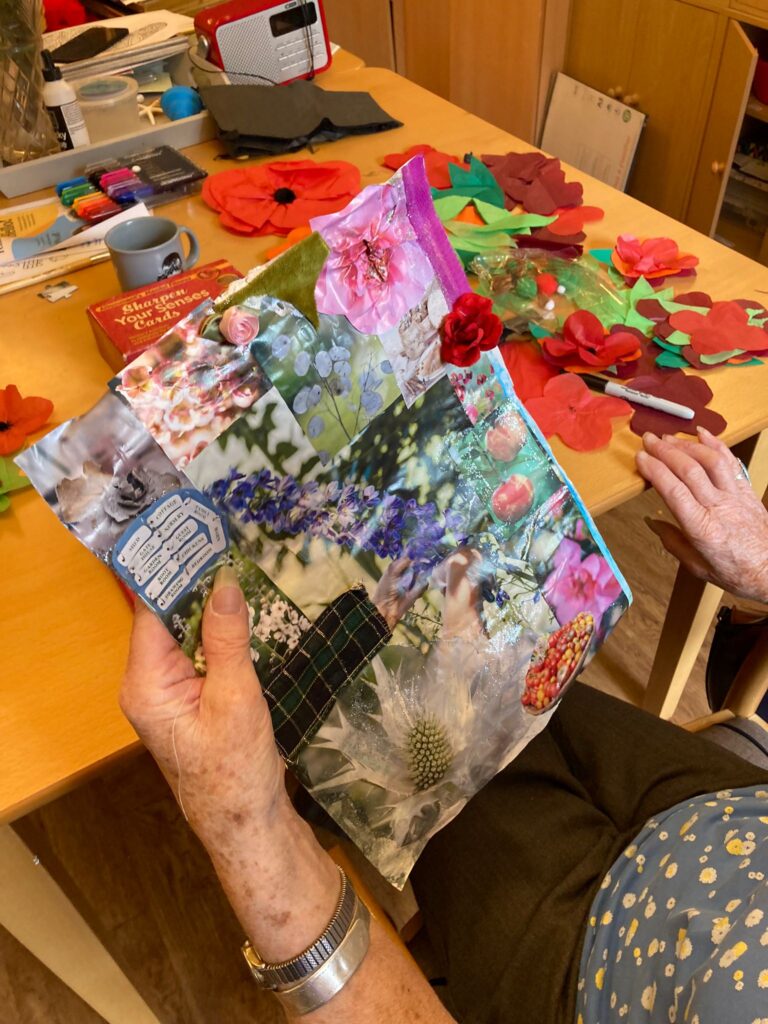


Never Forget - Taking Time out to Remember
There are many ways that reminiscence can be carried out in a care home. This involves using objects from a resident’s past and having conversations about past memories to discuss previous experiences and events to encourage positive thoughts, evoke memories and increase mental stimulation.
Some common examples of reminiscence include using films or videos, music, photographs, reading aloud or using specific objects to encourage others to describe their fond memories connected to them.
Holding reminiscence sessions has shown to have a positive impact on individuals as it encourages residents to discuss their past experiences, allowing them to find common interests with one another and create bonds as a result.
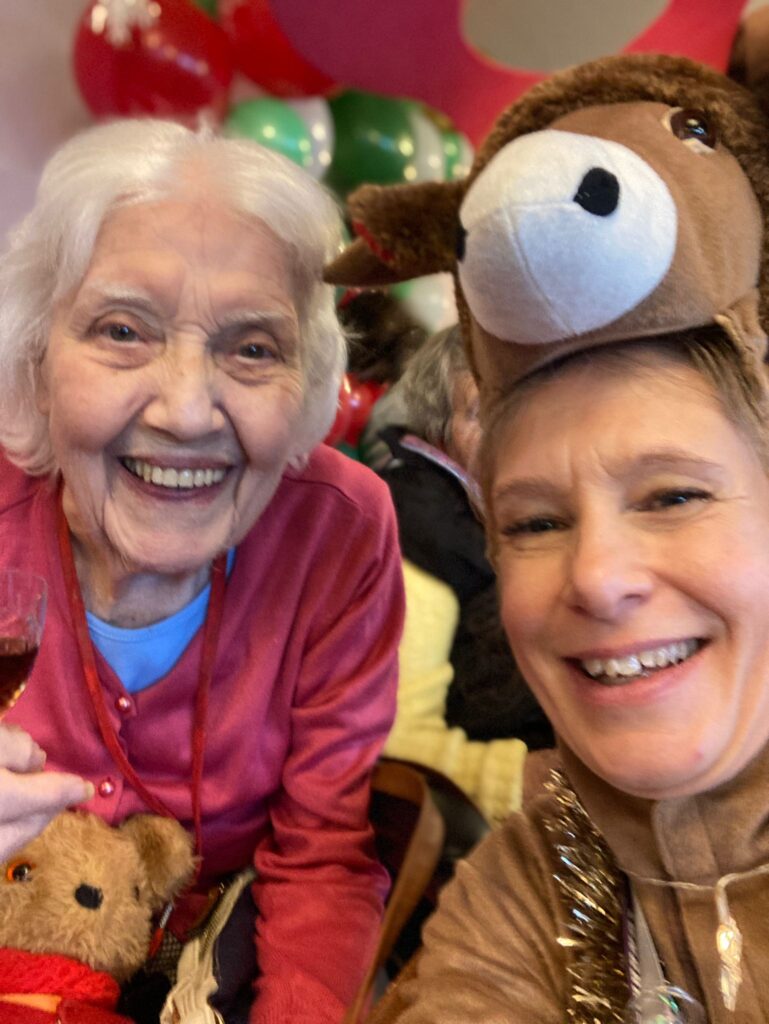
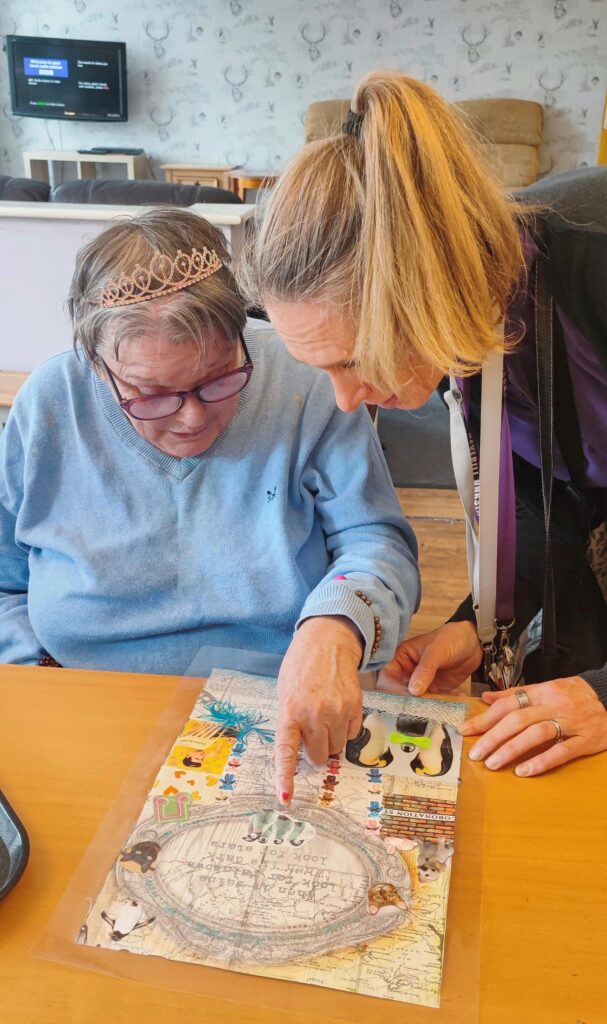
Exploring Outside of The Home
Whilst ensuring a care home is equipped with everything residents need for an enriching and full life is the most important factor, taking residents on trips out of the home is also important, as it enables them to partake in social activities, learn things about their local area and have an active role in the local community.
Trips outside the care home provide residents with valuable opportunities to engage in various activities, to socialise, and enjoy new experiences. The activities during these outings often depend on the residents' preferences, mobility levels, and the destination of the trip.
Here are some common things that care home residents might do when on trips outside the home:
- Nature Walks or Garden Visits: Trips to parks, botanical gardens, or nature reserves gives residents the chance to enjoy the outdoors, appreciate natural beauty, and engage in light physical activity.
- Museum or Art Gallery Visits: Cultural outings to museums or art galleries provide residents with the chance to explore exhibits, learn about history or art, and stimulate their intellectual curiosity.
- Shopping Excursions: Visits to local markets, shopping centres, or specialty stores offer residents the opportunity to shop for personal items, enjoy the atmosphere, and socialise with fellow residents.
- Restaurant or Café Outings: Dining at restaurants or cafés allows residents to enjoy a change of scenery, savour different cuisines, and socialise in a more relaxed setting.
- Theatre or Cinema Trips: Attending live performances or watching a movie at the cinema provides residents with entertainment and cultural enrichment, fostering a sense of community engagement.
- Scenic Drives or Sightseeing Tours: Excursions to scenic areas or guided sightseeing tours offer residents a chance to appreciate local landmarks, historical sites, or picturesque landscapes.
- Local Events or Festivals: Participating in local events, festivals, or community gatherings allows residents to immerse themselves in the local culture, connect with others, and enjoy festive atmospheres.
- Animal Encounters: Trips to zoos, farms, or animal sanctuaries provide residents with the opportunity to interact with animals, fostering a sense of joy and connection with nature.
- Beach or Lakeside Visits: Outings to beaches or lakesides offer residents the chance to enjoy the tranquility of the water, feel the sand beneath their feet, and engage in relaxing outdoor activities.
- Historical Site Tours: Exploring historical sites or landmarks provides residents with the opportunity to learn about local history, heritage, and cultural significance.
- Music Concerts or Performances: Attending live music concerts or performances allows residents to enjoy the arts, experience live entertainment, and engage in cultural activities.
- Picnics or Outdoor Socials: Organising picnics in parks or outdoor socials provides residents with a casual and enjoyable setting to share meals, converse, and create lasting memories.
These outings are tailored to accommodate the needs and interests of care home residents, ensuring that they can participate in activities that bring joy, create social connections, and contribute to their overall wellbeing.
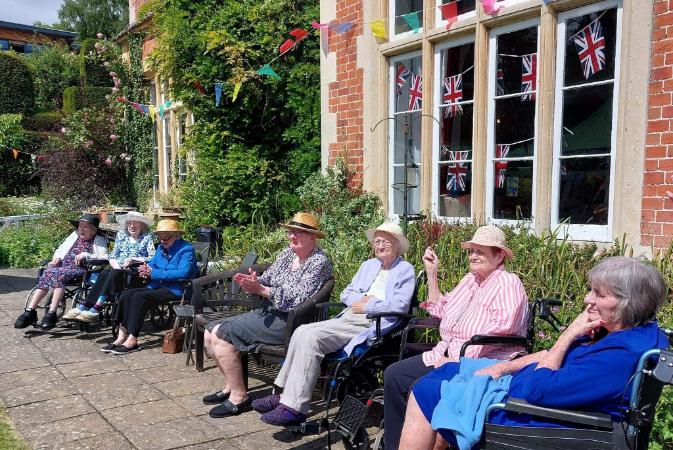
Getting Back to Nature with Gardening
Gardening is an activity where residents can have fun with others, whilst enjoying the benefits that fresh air and vitamin D brings. You can utilise a trip out by taking gardening enthusiasts to buy plants or flower seeds they would like to plant in order to set themselves up with a gardening project.
This engaging and fulfilling activity is accessible to residents with varying mobility levels, including those in nursing care or with limited mobility. It offers an inclusive approach by giving residents the chance to take part in planting and nurturing plants right from the comfort of an indoor table. In this way, the joy and therapeutic benefits of gardening become accessible to all residents, creating a greater sense of participation and accomplishment.
By providing an opportunity for gardening indoors, care homes not only accommodate the diverse needs of residents but also create an environment where the beauty of nature can be enjoyed by everyone, contributing to a holistic and enriching experience.
Our Activities Programme at Longbridge Deverill Care Home
At Longbridge Deverill Care Home, we are devoted to ensuring our residents are at the heart of everything we do. We offer a diverse range of activities within our regular programme which includes regular trips out, arts & crafts, pet therapy, games, exercise sessions and much more.
We work closely with our residents to make sure our activities programme are tailored to their hobbies and interests.
We understand that residents have a variety of requirements and needs, therefore offer 1:1 sessions where we can bring the activity to the resident if necessary. We have numerous areas within the home that residents can use for activities and a range of resources that can be utilised.
We have devices which allow each of our residents to play games online as well as have access to physical board games. We are always looking for ways in which we can improve our activities programme and will take resident feedback on board.
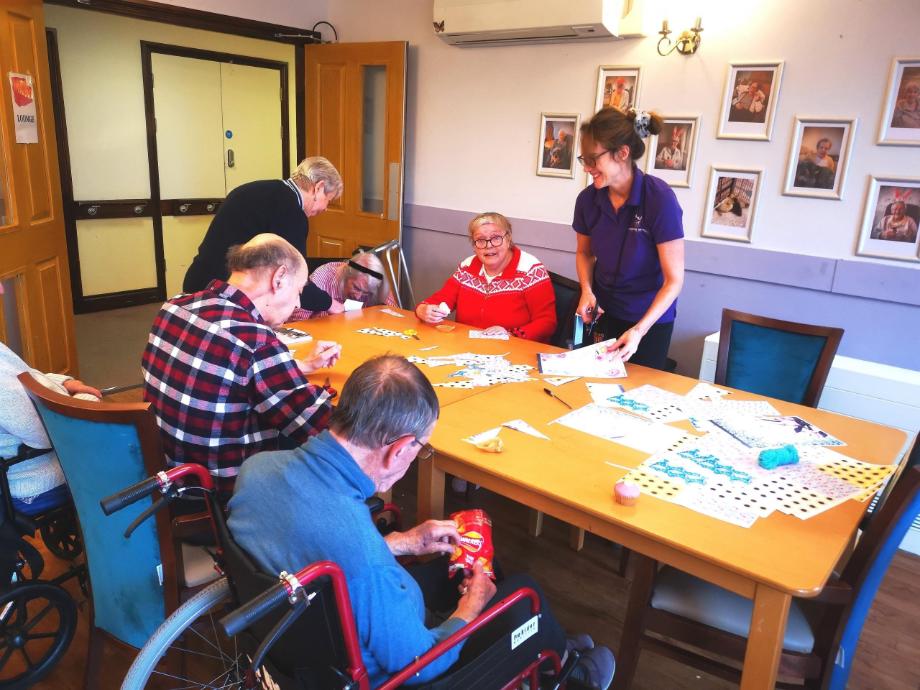

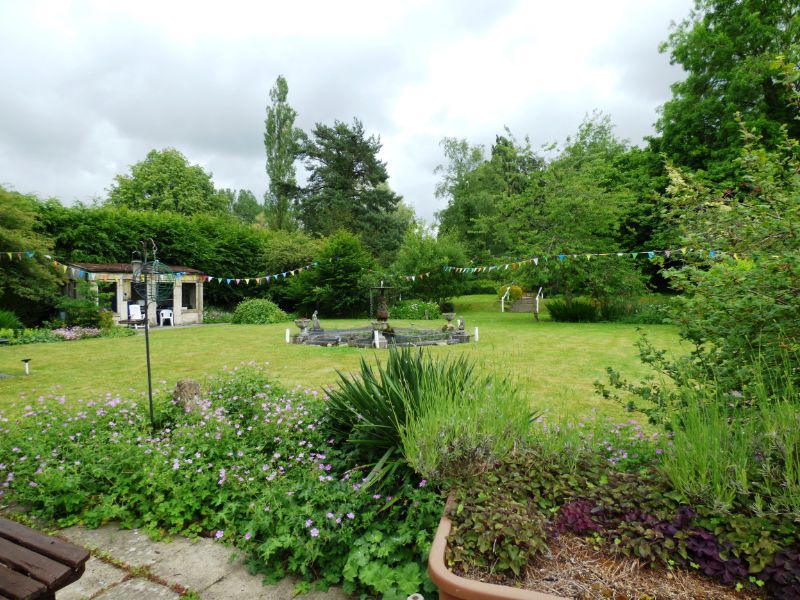
Delivering Quality Care in a Luxury Setting at Longbridge Deverill
Longbridge Deverill is a purpose-built care home in the market town of Warminster, Wiltshire offering outstanding levels of Residential Dementia Care, Specialist Dementia Care, Nursing Care and Respite Care. Alongside our first-class care options, we offer a variety of facilities within the home for our residents to use including a hair salon, landscaped & rooftop gardens and more.
We are also planning on opening a sensory room shortly, which will benefit our dementia and nursing residents to help improve cognitive functions and fine motor skills.
We are proud to provide our residents with a friendly and welcoming environment enabling them to make the most of their stay and live each day the way they want to, with the aid of our in-house facilities.
Everybody deserves to live a fulfilling, rich life, and our experienced and compassionate care teams promise to deliver this by providing exceptional care for a range of care needs.
If you require any more information on our care services or facilities, please contact a member of our team by emailing info@longbridgedeverillcare.co.uk or using our contact number on 01985 211511 where a member of the team will be delighted to assist you.

